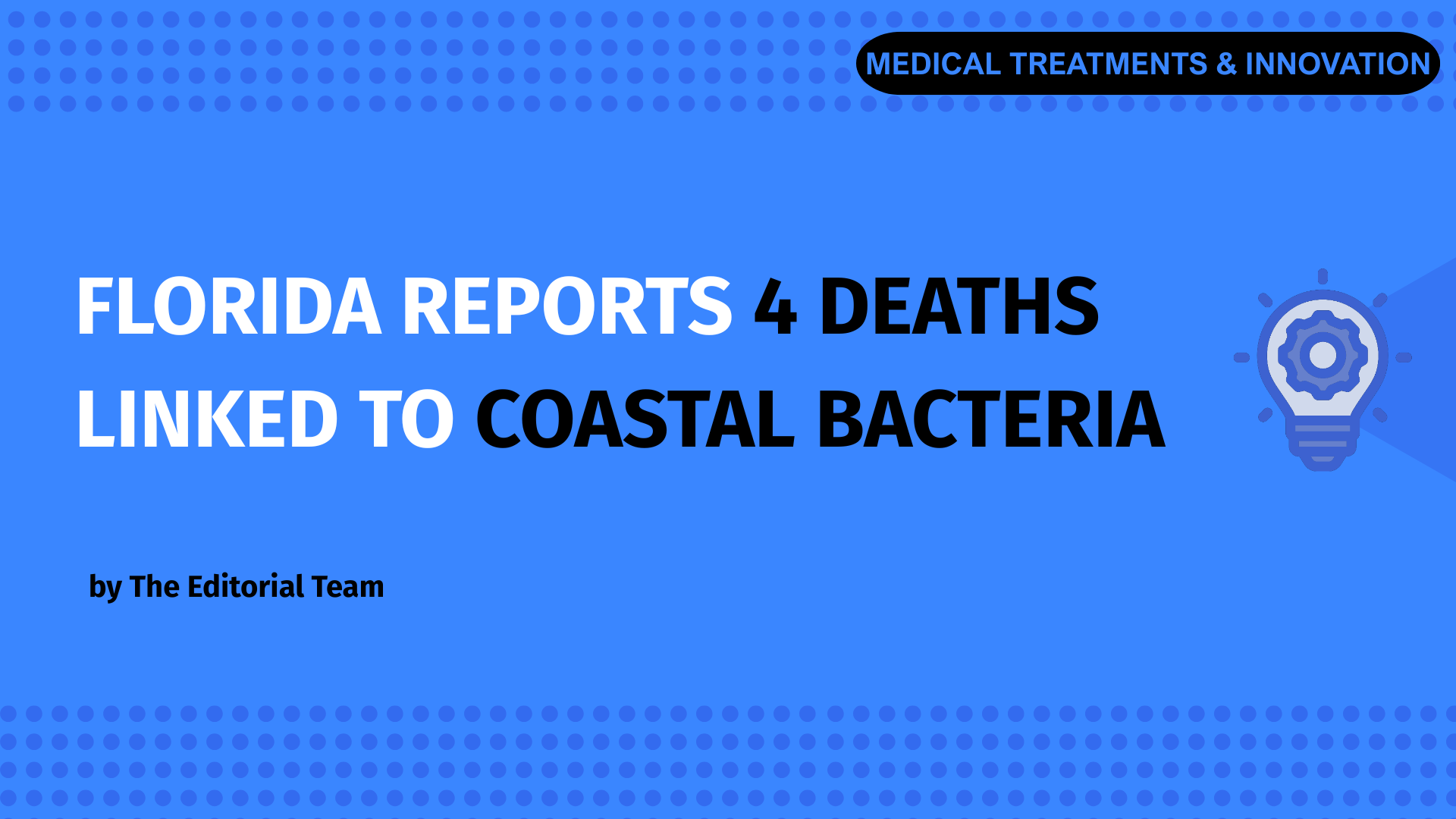A death in Arizona has brought fresh focus to a disease often linked to medieval Europe—the plague. Although the term “Black Death” seems like something from ancient history, this case shows that it still exists today. Health officials on July 12, 2025, confirmed that someone in Coconino County lost their life to pneumonic plague. This is the most dangerous and spreadable form of the disease.
Even though cases in the United States are rare, the seriousness of this illness makes it essential to stay informed. People need to know about the different types of plague how it spreads, and what warning signs to be aware of. This is important to understand in areas where the plague continues to affect wildlife.
The Arizona Incident: A Serious Reminder
Health officials said the patient came to Flagstaff Medical Center with signs of pneumonic plague and died later that same day. This is the first recorded death from pneumonic plague in the county since 2007.
The county chose not to share personal information about the patient but assured people that the risk to the general population remains low. Even so, this incident has raised concerns, and so. Without quick medical care pneumonic plague is deadly. It is also the only type that spreads between people through the air.
Plague Isn’t All the Same: The Three Main Types
Many people think plague is just one disease, but it’s a group of illnesses caused by the same bacteria called Yersinia pestis. These illnesses appear in three different forms.
- Bubonic Plague
This type is the most well-known. Swollen lymph nodes called “buboes,” show up after fleas from infected animals bite someone. People often first get fever, chills, and swelling in areas like the neck, groin, or armpits. - Septicemic Plague
When bacteria make their way into the bloodstream septicemic plague develops. Early detection can be tricky. It can lead to bleeding under the skin blackened fingers or toes, and organ failure that happens . - Pneumonic Plague
This form is the rarest and deadliest. It affects the lungs and spreads fast through coughing or sneezing. Without immediate treatment, it can be fatal in just a day.
If left untreated, all three types can show up one after the other. It often starts as bubonic and then spreads deeper inside the body.
A Disease That Never Disappeared
Plague, despite its infamous past, hasn’t been wiped out. In the U.S. about seven people catch plague each year. These cases happen in western rural areas like New Mexico, Arizona, and Colorado. People get it through contact with infected rodents or the fleas they carry.
Around the world certain places still deal with the plague . It sticks around in countries like Madagascar, Peru, and the Democratic Republic of Congo.
In the U.S., the risk for most people stays very small. Still, experts point out that more human interaction with wild animals and changing weather patterns could open the door to more outbreaks in the future.
Spotting the Symptoms: Types and Their Warning Signs
Knowing the symptoms can save lives.
Bubonic Plague
- Painful and swollen lymph nodes (called buboes)
- Quick onset of fever
- Aches in muscles with chills
- Feeling weak and very tired
Septicemic Plague
- Pain in the abdomen
- Diarrhea or vomiting
- Bleeding from the skin or openings
- Fingers, toes, or nose turning black due to gangrene
- Signs that indicate shock
Pneumonic Plague
- Trouble breathing
- Coughing up blood
- Chest hurting
- Sudden spike in body temperature
- Feeling sick with a headache
- Fast development of respiratory failure without treatment
Symptoms might show up just a few hours after exposure in pneumonic cases. Acting fast is essential to manage the condition .
👉 Also Read: America’s Measles Comeback
As the plague reemerges in parts of the West, measles continues to capture attention all over the U.S. Check out our detailed article explaining why this age-old disease has returned to the spotlight.
Treatment and Prevention
The U.S. has no approved vaccine to stop the plague. Early use of antibiotics is very effective though. For pneumonic plague, starting treatment in the first 24 hours after symptoms begin is necessary to prevent deadly outcomes.
Tips To Stay Safe:
- Apply bug sprays with DEET when fleas might be a problem.
- Make sure pets stay flea-free and prevent them from wandering in areas with lots of rodents.
- Always wear gloves if you need to deal with dead or sick animals.
- Go to a doctor right away if you get a sudden fever after being exposed.
Is This Disease Behind Us — or Ahead?
The 2025 case in Arizona didn’t happen in isolation. Over the past few years, plague cases have also been reported in places like New Mexico and Colorado. Wild animals rodents like prairie dogs, continue to carry the bacteria.
Health experts in the U.S. consider Yersinia pestis a potential bioweapon. Even though the risk is low, its classification highlights the importance of staying alert increasing research, and preparing public health systems.
Learning About the Disease
The bacterium Yersinia pestis causes plague. It spreads to small animals and their fleas. The illness appears in three different forms each with its own symptoms.
- Bubonic: Leads to painful swelling in lymph nodes. Signs show up in 2 to 8 days.
- Septicemic: Enters the blood and causes fever shock, or tissue damage.
- Pneumonic: Targets the lungs. It spreads fast and can kill in under 24 hours if untreated.
Doctors use antibiotics to treat it, but acting is critical. The CDC says anyone with a sudden fever in outbreak areas, should seek help .
🧬 Help Keep Science Journalism Alive. Support Ethira News in bringing you vital health updates. 👉 Support Us Here
Sources
- BBC – Arizona resident dies from plague, health officials say. https://www.bbc.com/news/articles/cz7l8w8881qo
- Washington Post – What to know about the pneumonic plague after Arizona patient’s death. https://www.washingtonpost.com/health/2025/07/12/pneumonic-plague-bubonic-arizona-death/
- CBS News – Plague kills Arizona resident, marking first recorded death since 2007. https://www.cbsnews.com/news/plague-kills-arizona-resident-health-officials-say/
- Mayo Clinic / CDC – Plague symptoms, treatment, and prevention. https://www.mayoclinic.org/diseases-conditions/plague/symptoms-causes/syc-20351291



